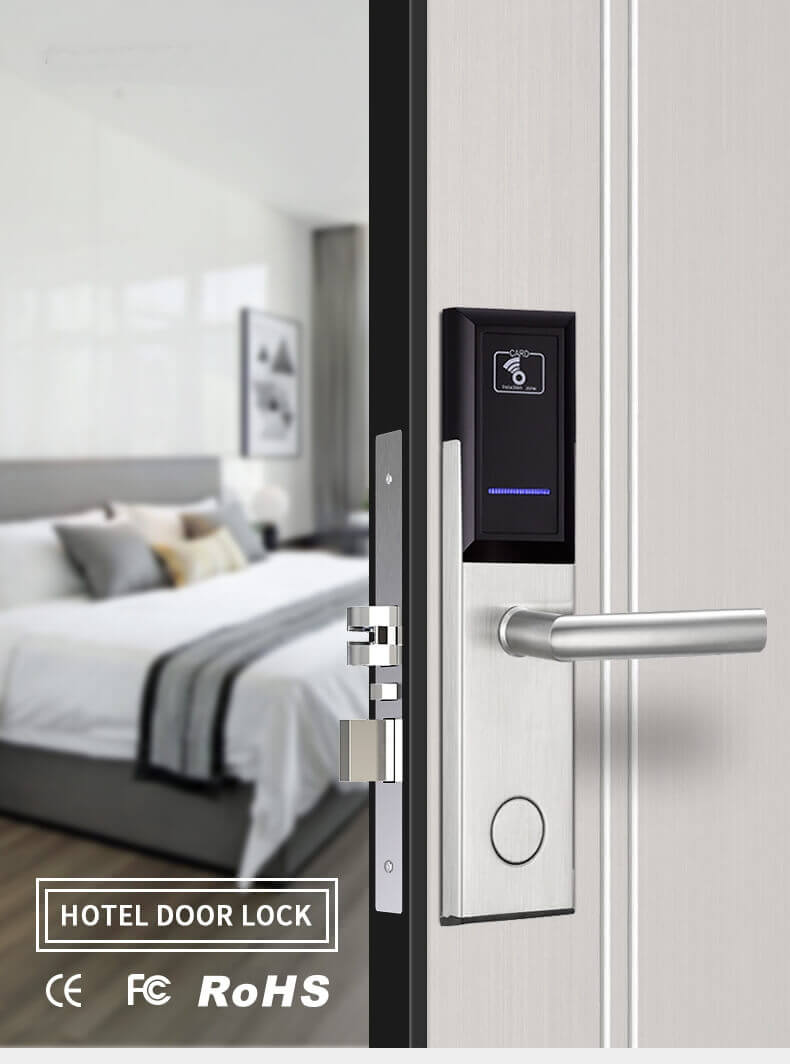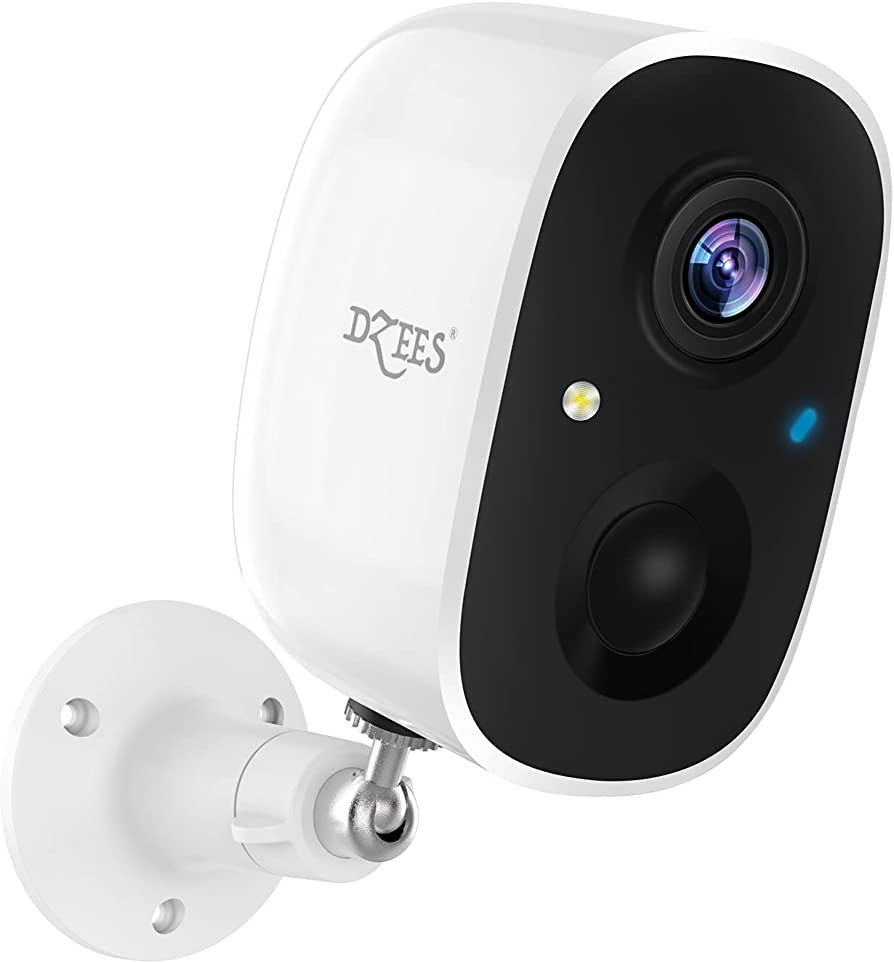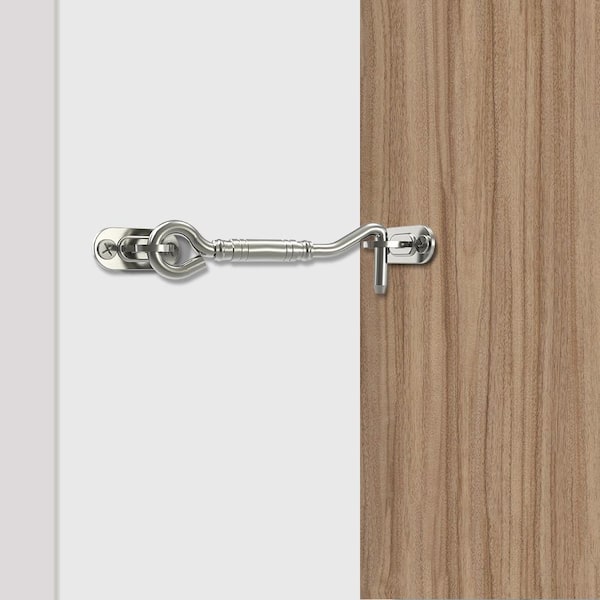
Vivint reviews show that this home security company is an absolute winner when it comes to automation and technology, but it also falls short when it comes to customer service. It has had several rebrandings, and has had difficulty getting rid of a bad reputation. It currently has a B+ rating with the Better Business Bureau. However on several occasions, it was downgraded back to C.
Safewise rates Vivint at 4.6 stars
Vivint earned 4.6 stars from SafeWise. SafeWise assesses and rates home security product. It was highly praised for its flexibility and customer support, as well as its technology. It is a great choice if homeowners don't want to deal complex wire installations, but want a security system for their home.
Vivint has both an iOS and Android app. There is also an Apple Watch app available. Download the Vivint application and log in to the app with your Apple ID, Google Play ID, or Google Play ID.
It includes a Starter Kit
Vivint has a Starter Pack that's a great way of getting started with smart-home technology. It comes with all the necessary components to create a basic security system. Additional smart devices can be added to your starter kit if needed.

The Starter Kit comes with a touchscreen Vivint Smart Hub, two door sensors, one motion sensor, and a water sensor. You also get a $100 credit for additional sensors. The amount of additional sensors you purchase or whether you upgrade to the complete package depends on your budget. Vivint also offers professional installations at a flat fee of $99.
It features smart locks
Smart locks are a valuable tool to protect your home. Many smart locks can be integrated with smart devices like Google Home, Amazon Echo, or the Vivint security systems. This allows you to arm and disarm the security system by simply touching it. These locks can be used to arm and disarm your lights and adjust the thermostat. They also turn off your lights when you go away. You can control all your devices with one app.
One of the most sought-after home security technology is a smart lock. Vivint's intelligent lock can be used with its smart-home ecosystem to allow you to change the lighting in your home and open blinds. Vivint will integrate with your smart locks to increase security and provide you with more control over the security of your home. However, not all smart locks are compatible with Vivint, so be sure to do your research.
It offers a siren
Vivint allows you to interact with the system in two ways. You can either use a control panel near the front door or download a mobile app. While some prefer the control panel at the front door, others prefer the app. Regardless of the method you choose, you can rest assured that you will always receive the necessary information when an emergency occurs.
Vivint's monitoring is always available, and its home security specialists are trained to help you during an emergency. They will dispatch first responders to your home if you are unable or unwilling to contact them. A siren sends out an alert to the emergency services.

It also offers voice control
Vivint offers an absolutely free trial of its voice activated home security system. The free trial will allow you to decide if it is worth the investment. Many users have complained about the company's customer service, sales representatives and technology. 71% percent of customer reviews were negative. Customers complain about the pushy sales tactics and misleading sales pitches. They also complained about long wait times for tech support. Some customers complained about billing mistakes and not being able to update their addresses.
Vivint provides a mobile app as well as a web console to control the system. It supports voice commands from Amazon Alexa and Google Assistant. It integrates with Nest thermostats, Philips Hue smart lighting, and other devices. The mobile app has a large button for arming and disarming the system, and it includes an icon-based task bar to quickly access the system's security features.
FAQ
Which is the best home security system?
ADT Pulse, Ring Alarm, Vivint Home Security Security, Protect America and Vivint Smart Home Security are the most popular home alarm systems.
Which home surveillance camera system is best?
A home security system with cameras can help protect your family against intruders. These systems are very easy to use, and provide many benefits for homeowners and renters. You can monitor your property remotely using your smartphone or tablet, computer, and other mobile devices.
Which is better, home security cameras of home security systems?
Home security systems are more effective than home security cameras because they can detect sounds and movement, even if no one is present in the room where the system is installed. On the other side, home security cameras are much cheaper than home alarm systems and can be easily mounted to windows and doors.
What's the difference between security cameras and surveillance cameras?
Surveillance cameras are used for monitoring purposes, while security cameras are used for protection.
Both types of cameras have their advantages and disadvantages. They capture different types of images. Surveillance cameras record video in slow motion, so you can watch what's happening in real time. On the other hand, security cameras only record video and still pictures, which is saved to review later.
Which security system is best?
The best security system to install depends on how much you value your home and belongings. A basic alarm system is a good option, but it doesn't provide enough protection. You can go with a basic alarm system that provides limited protection, but you have the option to upgrade to one that has remote monitoring and video surveillance as well as access control.
Can ADT hackable?
ADT security systems are one of today's oldest home alarm systems. ADT Home Security System remains the most trusted choice for many homeowners. They trust its reputation as a reliable company committed to protecting their homes from fires and burglary.
As with all things, hackers can compromise even the most trusted organizations. Hackers have the ability to hack into networks and steal sensitive data at any time. If a hacker manages to infiltrate your network, they can access everything on the computer and modify the important settings. Hackers can, for instance, delete files and change passwords. It's important for you to remember that hackers could still try to access your house by stealing files, changing passwords, or deleting files. It is important to be armed with information about how to protect your systems.
Statistics
- That's probably why Cove has a whopping 98%* customer retention rate. (safewise.com)
- Unlike other online safety services that charge up to 100 percent of your monthly fee, Cove charges no upfront fees and has no hidden costs.
- Cove sets you free without punishing penalties and fees, unlike other security solutions that charge 75% to 100% of your remaining contract. (safewise.com)
- Related questionsHome security systems that are 100% DIY (safewise.com)
External Links
How To
How to Install Home Security Systems
A home security system monitors your property and alerts if there is any activity. It could be a motion detector, doorbell camera or smoke detector. A home security package usually includes one or more sensors (e.g. a motion detector), which send signals whenever they detect sound or movement. The signals are then sent by the sensors to a control center where they are recorded and monitored. If there's something wrong, like someone breaking into your house, the control panel sends out an alert to your phone, tablet, computer, or voice assistant. The control panel will notify you immediately so that you can take corrective action.
First, you must choose the right type sensors for your home to install a home security system. There are two types of sensors available: active and passive. Passive sensors do not require batteries. They simply pick up sounds and vibrations around them. These include buzzers, sirens and doorbells. Active sensors transmit data using electricity. Cameras and motion sensors are two examples of active sensors.
There are many different brands of sensors available today. Each brand has its pros and cons. For instance, some sensors can be weatherproof while others don't. Some include built-in speakers to allow you hear them even when they are outside. Some work only indoors. Some have simple features, while others provide advanced features like night vision.
After deciding on the best type of sensors for your property, you'll want to choose a manufacturer. This will ensure that your sensors are compatible. Your local hardware store should have plenty of options to choose from.
Once you have decided on a brand to use, it is time to decide on how many you want. Most people start with one or two sensors, depending on whether they live alone or with family members. However, if you plan to add additional sensors later, you might consider buying extra than you think you'll need now.
Next, determine where you want your sensors to be placed. Do you want them near doors and windows? Or would you rather have them hidden? Before placing them around your property, you should get permission. Also, make sure they won't interfere with anything else, like electrical outlets.
Now that you know where you want to put your sensors, you'll need a way to connect them to your control panel. Depending on your setup you might need to buy a power adapter and/or battery pack. Once you have everything set up, you'll be ready to monitor your property!